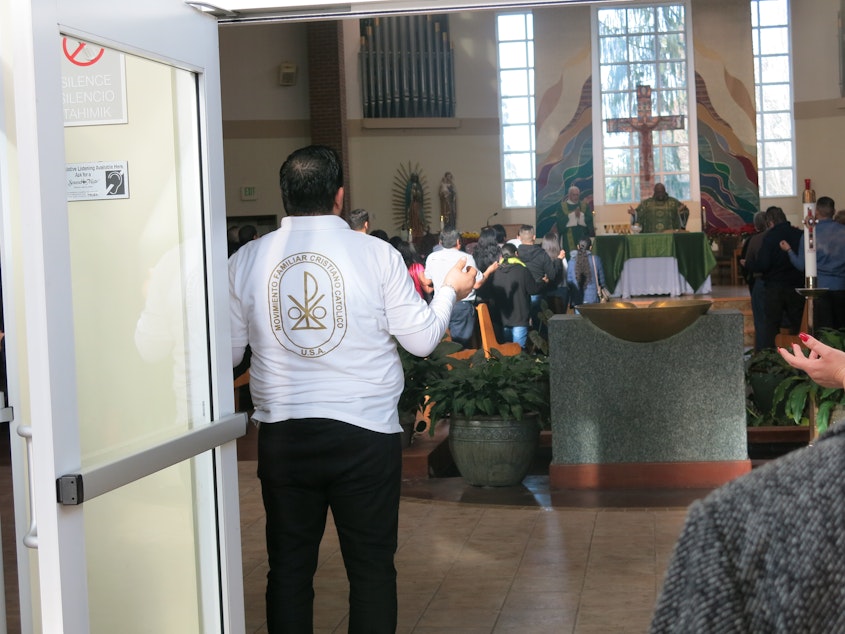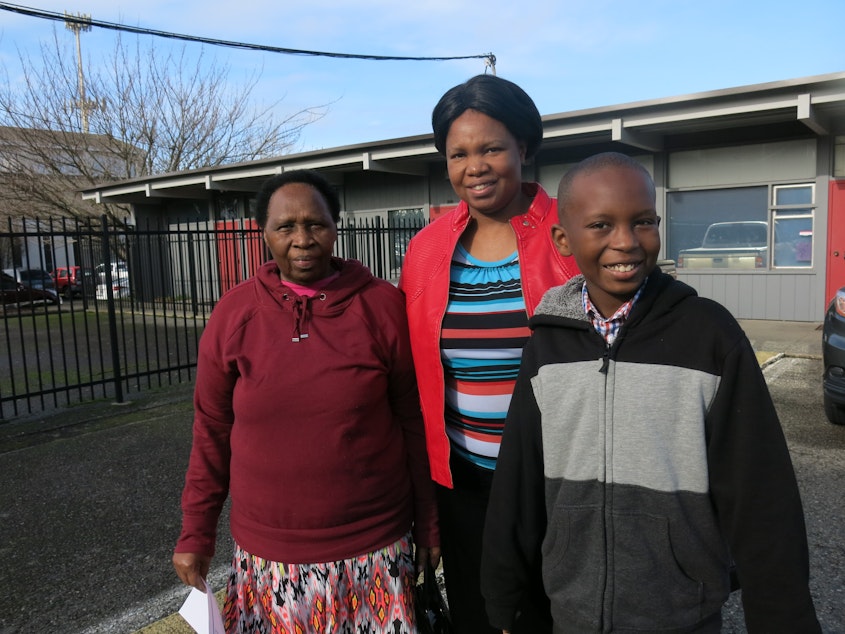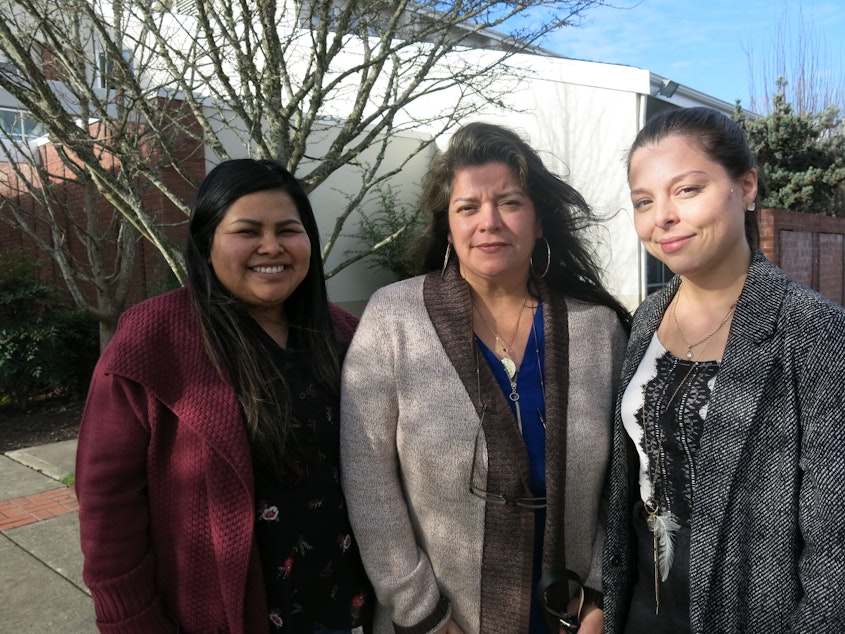'Everyone counts!' Census gets creative in Pierce County

Bus ads, senior center meals, and your kids’ homework ... just some of the places you will start seeing messages about getting counted in the upcoming U.S. census.
In Pierce County, Washington, census experts estimate certain populations were undercounted by 10% in 2010, something they hope to prevent this time.
Members of the Pierce County Complete Count Committee say the results of the upcoming census will guide which communities receive everything from new bus stops and medical clinics to affordable housing and more political representation.
“It paints a picture of what our community is and who we are, and it drives a lot of federal dollars to the community,” said Pierce County Auditor Julie Anderson, one of the partners in the county’s census efforts.
At St. Francis Cabrini Catholic Church in Lakewood, the Sunday services in English and Spanish are packed with worshipers from around the world. Deacon George Mounce said that’s no accident: Cabrini is the patron saint of immigrants and the church has been a welcoming place for them since it was built in 1952.
“The church has not just opened its doors wide but taken the doors off the hinges,” Mounce said.
Sponsored
Many members come from Africa and Asia, but in the past 10 years the church’s Hispanic population has grown the most dramatically.
“From 30 people back in the beginning,” Mounce said. “Now we’ll have somewhere between 800 and 1,000 typically at a mass.”
This makes the church a gathering place for people who are at greater risk of not being included in the upcoming U.S. Census.
Maia Espinoza with the Centro for Latino Leadership is part of the “Complete Count” effort for Pierce County. She said she wants to correct the undercount from 2010.

“So we’re working really hard to make sure they know that their information is private, it cannot be shared, and regardless of citizenship status you do need to be counted,” she said.
The census form does not ask about citizenship, but there are still doubts Espinoza is trying to dispel.
Census organizers also want 60% of respondents to “self-report” this year online or by phone, rather than waiting for a paper form or someone knocking on their door.
Sponsored
At a post-church meeting, Kenyan immigrant Emily Muchemi said she’s distressed to realize she wasn’t counted in the last census, when she had a temporary address. She hopes this year’s count will mean more money for the local schools.
“They are crowded, for one, and that is why I opted to take my child to a private school,” she said, “Because they get better attention there. But I would want him to go to a public school.”
Muchemi sometimes works 16-hour shifts at Western State Hospital. She welcomed the chance to fill out the census online when it’s convenient for her.
“Probably, if you come knocking on my door you wouldn’t find me at home,” she said. “But if you can do it online, that’s better.”
But the woman next to her is more apprehensive. Merlita Cash said, “Most older persons like me, I’m speaking for my age and up, they are not good at the computer, you know?”
Sponsored
Cash is from the Philippines. She said she might be more likely to fill out the census where she can get help. Libraries and other facilities will offer computer access and assistance. Cash works at Joint Base Lewis-McChord. She said her household suddenly jumped from one to five people this fall when her daughter and three grandchildren moved in following a divorce.
“We’re tight right now in the house,” she said. “But I’m willing to accept them. Because they are my grandchildren -- who else is going to take care of them except me?”
Cash and her family have several risk factors for not being counted accurately, according to Auditor Julie Anderson.
“At risk in Pierce County is a 10 % undercount of people of color, religious minorities, renters, children under the age of five, seniors who may be isolated in their homes,” she said. “So those are all populations at risk of not getting counted if they don’t receive special attention.”

Anderson said that “special attention” includes grants administered by the Greater Tacoma Community Foundation, so groups serving specific communities will be hosting meals and events to talk about the census. One grant recipient is Tacoma's Centro Latino, which is doing census outreach at schools, colleges and even mariachi classes.
Sponsored
“There’s a census song the kids can sing and hopefully they’ll sing it at home,” she said.
There are even word problems and other materials for teachers to incorporate in their classrooms. Another innovation will be a publicly-available online map showing the census response rates by neighborhood.
“So there will actually be a thermal map, if you will, of our community,” she said. “So we can see on a daily basis how communities are responding, if we’re meeting the goal of the 60% response rate through the internet."
The map won’t contain any information on individuals.
Instructions on how to “self-respond” will go in the mail in March. People who don’t respond by April 1 will then receive paper forms, and – as a last resort – a knock on the door.




